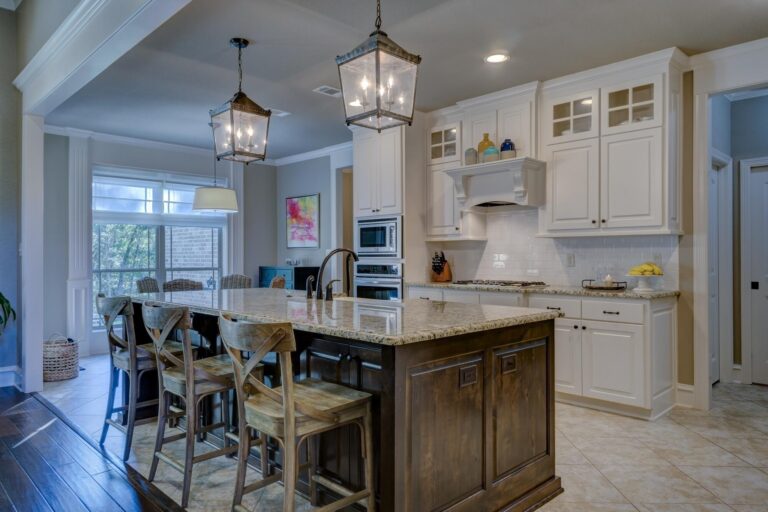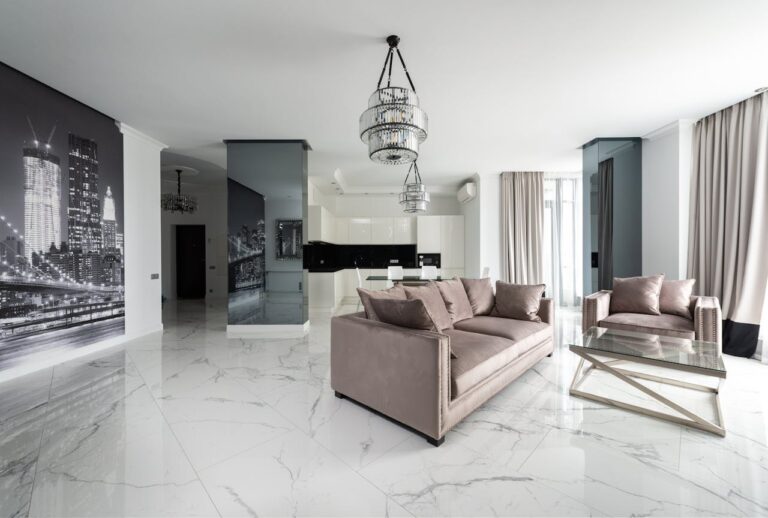The Do’s and Don’ts of Tabletop Display Merchandising
Tabletop displays are key in drawing customers and showcasing products effectively.
It’s vital for boosting sales and crafting a memorable shopping experience. This is true whether you’re a small business owner or an experienced retailer. You must master the art of tabletop display merchandising.
Dive into this article to uncover the dos and don’ts, ensuring your tabletop displays are visually captivating and strategically promote your products.
Let’s begin!
The Do’s of Tabletop Display Merchandising
Here are some key “Do’s” to consider when setting up tabletop displays:
Create a Focal Point
Design your tabletop display with a clear focal point. This could be a featured product, a themed arrangement, or a seasonal promotion. A visually striking centerpiece will capture the attention of potential customers. It will draw them into your display.
Utilize Height and Depth
Play with varying heights and depths to add visual interest to your tabletop display. Use risers, shelving, or display stands to showcase products at different levels. This not only makes your display more visually appealing but also ensures that all products are easily visible.
Maintain Consistency in Branding
Consistency is key when it comes to branding. Ensure that your tabletop arrangements align with your brand aesthetic. Use the same colors, fonts, and imagery. They will strengthen your brand and leave a lasting impression on customers.
Keep It Clutter-Free
Avoid overcrowding your tabletop display with too many products. A tidy display lets customers focus on items. It makes shopping more fun. Focus on showcasing a curated selection of products to avoid overwhelming your audience.
Use Effective Lighting
Well-placed lighting can enhance the visual appeal of your tabletop display. Make sure products are well-lit. Consider using spotlights or LED strips to highlight key parts. Proper lighting not only attracts attention but also creates a welcoming ambiance.
The Don’ts of Tabletop Display Merchandising
There are several “don’ts” to keep in mind for tabletop arrangements merchandising. They ensure an appealing and effective product presentation. Here are some key points to avoid:
Avoid Overcomplicating Design
Being creative is key, but don’t complicate your tabletop arrangement design. Clutter or complexity can confuse customers and distract them from your products. Keep it simple, focusing on showcasing your merchandise effectively.
Don’t Neglect Signage
Clear and concise signage is essential for communicating product information and pricing. Don’t overlook the importance of informative signage in your tabletop display. Make sure the product details, prices, and promotions are easy for customers to see. They should also be easy to understand.
Steer Clear of Dull Colors
Colors play a significant role in attracting attention. Avoid using dull or monotonous color schemes that may go unnoticed. Choose bright colors that match your brand. They will make eye-catching and engaging tabletop arrangements that stand out in stores.
Don’t Underestimate the Power of Grouping
Grouping related products helps customers see how items complement each other. Avoid scattering unrelated products. Instead, make mini collections. They tell a story and encourage exploration.
Avoid Neglecting Accessibility
Ensure that your custom point-of-purchase merchandising displays are easily accessible to customers. Avoid putting items too high or too low. Also, ensure the displays are wheelchair-friendly. Accessibility is crucial for creating an inclusive shopping experience for all customers.
Elevating Your Tabletop Display Game
Competition in retail is intense. Engaging in a tabletop display attracts customers and enhances sales. Create visually appealing displays that make a lasting impact. Adhere to best practices and steer clear of pitfalls. Transform tabletops into sales zones that captivate customers and elevate your profits.
Don’t stop your journey here! Dive deeper into our wealth of resources by exploring more articles on our blog.





